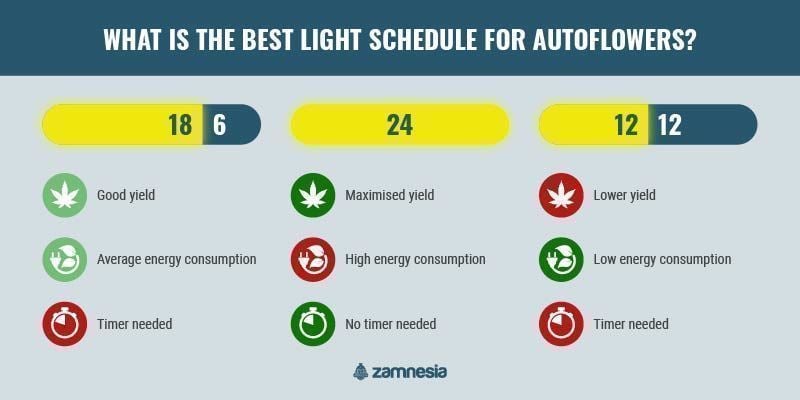How Much Light Should You Give Autoflowers?
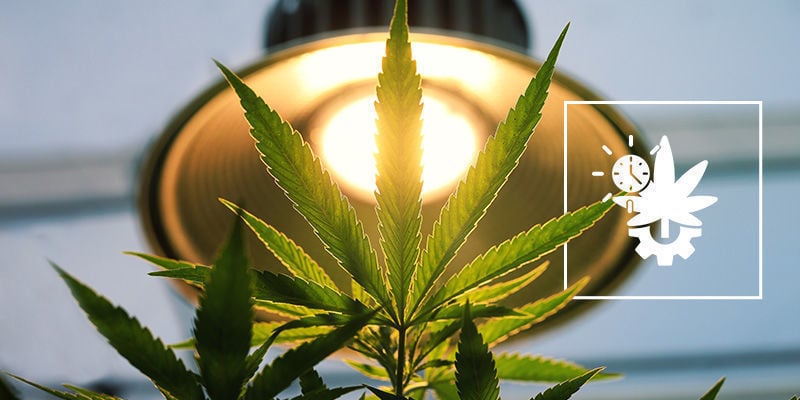
When it comes to autoflowers, they're pretty much the “plug and play” strains of the cannabis cultivation game. That's not to say they don't have needs. Still, it's pretty universally accepted that they provide an easier, more hands-off growing experience compared to photoperiod feminized or regular seeds.
In any case, while autoflowers bloom according to age as opposed to light exposure, it's still essential to provide the correct amount of light throughout the growing process to get the most out of your plants.
The importance of optimised lighting for autoflowers
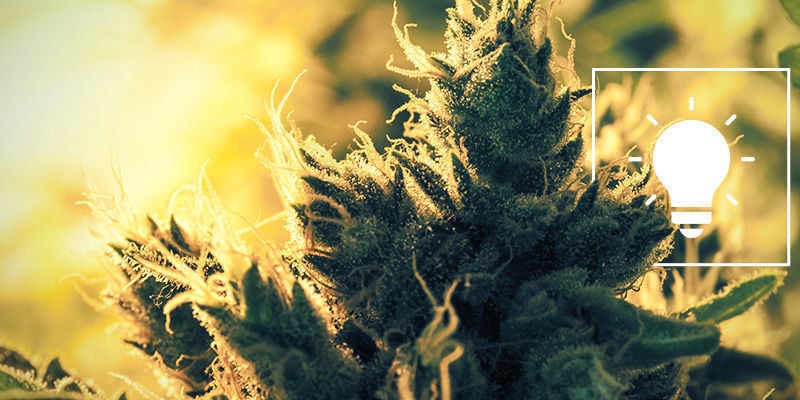
We all want one thing from our plants: a large yield of potent buds. And though it’s possible to achieve decent results without a regulated light and dark cycle, the best, highest-quality harvests can only be achieved by optimising your plants’ exposure to light. Not only can a fine-tuned light schedule increase the size and quantity of the buds, but also the overall appearance and health of your specimens.
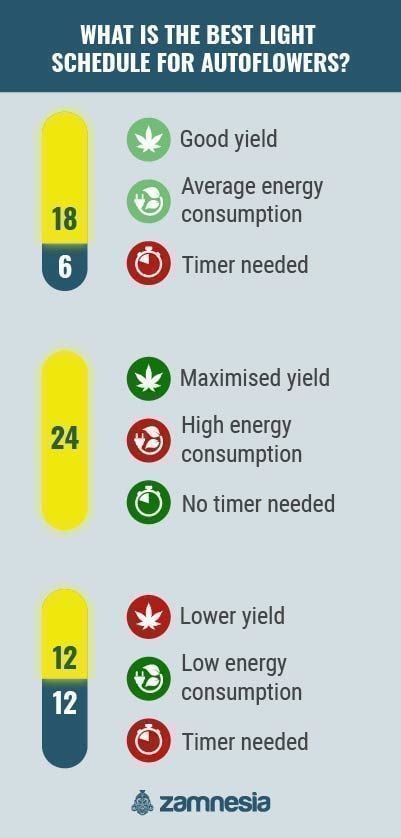
There are a few schools of thought when it comes to the best light schedule for autoflowers. There is no single “best” schedule, though each has its own pros and cons. Overall, it’s important to keep a close eye on your plants throughout their grow cycle and ensure you take action if you feel they’re receiving too much or too little light.
18/6 light schedule
An 18/6 light cycle means that your plant is exposed to light for 18 hours of the day and then left in the dark for six. This is perfect for supporting the short vegetative stage of autoflowering plants, as well as the flowering stage. Many agree that this schedule results in robust, healthy-looking plants with good yields, making it one of the most popular light schedules amongst cannabis growers. Just be sure to set a timer so the lights turn on and off at the appropriate times.
24-hour light schedule
Subjecting autoflowers to a constant 24 hours of light per day is a technique used in hopes of maximising growth and yields. However, some argue that plants need a little time to recover each day, and that the constant light could potentially cause more harm than good. This is why many opt for an 18/6 cycle, or even a 20/4 cycle, to ensure good light exposure as well as adequate time for plants to recover and utilise their resources during the dark period. Still, a major benefit of a 24-hour light schedule is that you don’t need to set any timers. That said, keeping lights fixed on your autoflowers 24/7 will be an expensive endeavour, so that’s certainly something to keep in mind.
12/12 light schedule
Another viable option for autoflowers is a 12/12 light cycle. While this should still render satisfactory results, the returns might be somewhat diminished due to the reduced amount of light provided during the vegetative phase. Like the 18/6 cycle, you will need to set a timer to ensure smooth sailing. Moreover, note that a 12/12 light cycle will be significantly cheaper than the others.
How do you ensure optimal light for autoflowers outdoors?
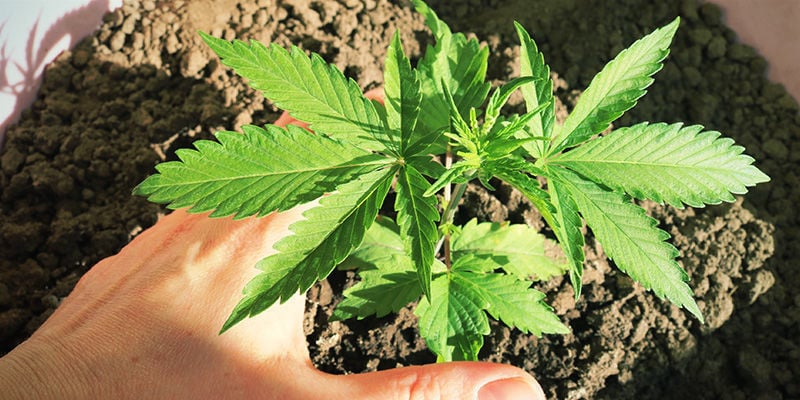
While providing light for your indoor autoflowers is a relatively easy task—thanks to the use of timers and controlled lights—how do you ensure proper light exposure outside?
Those living in Mediterranean climates or similar will find it relatively easy to provide plants with warmth and sunshine during the day. Simply placing your autoflowers in a sunny spot will more than likely do the trick. However, being left out in the open can make plants susceptible to damage by extreme temperatures. Be sure to keep an eye on them during peak summer, and be wary of signs that things might be getting too hot. When temperatures exceed 30°C, leaves can wilt, shrivel, and curl up, and growth can be stunted overall. Just be sure to give your plants a little water or move them to a shadier spot if need be.
In more temperate climates, you can still achieve good results with your autos. To optimise light exposure, time the growth of your autoflowers to match up with the hottest, sunniest months of the season. Given their speed, your autos will soak up every day of sun they can to deliver the best results in a matter of weeks.
Should you change the light cycle for autoflowers?
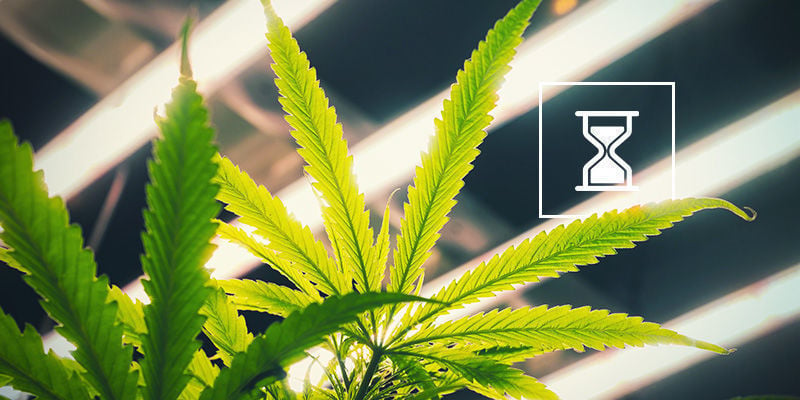
If you feel that managing light schedules might not be for you, rest assured that your autoflowers will continue to grow without any interference. They will naturally progress from the vegetative stage to the flowering stage, regardless of how much light you give them. But just because the light cycle doesn't have to be changed doesn't mean you shouldn't give it a try. You might be surprised at the difference in quality between an autoflower that is left alone and one that's given a finely tuned light cycle. Even if you opt for a light cycle of 24 hours at the beginning, then decide to change midway through to an 18/6, that's entirely possible—don't be afraid to experiment a little with your autoflowers.
Autoflowers and lighting: Frequently asked questions
- 🕶️ Do autoflowers need darkness?
- While not essential to the cultivation of autoflowers, many growers subject their plants to a period of darkness to “recover” after the lights-on period, mimicking the natural day and night cycle outside. Not only that, but more darkness means more money saved indoors. How long growers keep their autos in the dark typically ranges from 0–12 hours per day, so experiment and see what works for you.
- 🔆 What is the optimal light spectrum for autoflowers?
- Without getting too bogged down in the science behind the light spectrum, know that it is essential to provide the right type of light to bring out the best in your plants—whether photoperiod or autoflowering. The light spectrum is essentially the various colours that light can omit. Otherwise known as “wavelengths”, the light is measured in nanometers (nm) that correspond to different colours on the spectrum.
Different wavelengths can be used during different stages of growth to boost the development of your autoflowers. A 6500K blue light is perfect for the vegetative phase, as it taps into the 400–500nm range of the light spectrum to encourage growth. Conversely, a 2700K red light (620–780nm) will help your autoflowers bloom once the plant has reached the flowering stage. While plants will more than likely be exposed to these wavelengths naturally outdoors, specialised light bulbs and LEDs can be purchased to do the job indoors. - ⚠️ Can autoflowers get too much light?
- Ultimately, yes. If your plants are suffering due to constant high-powered lighting or lamps that are too close to the canopy, remedy the situation to avoid stunted growth, wilted leaves, and other issues. Also, make sure you’re using the right type of light for the stage of growth. Light and warmth are close bedfellows, and both can be responsible for adverse effects, so keep a close eye on the heat level as well.
- 💡 Which type of lighting is best for autoflowers?
- Many experienced growers swear that LEDs provide the best results, but the difference in harvest weight and quality appears to be pretty minor between LED and HID. Preferences, growing environment, and budget will more than likely dictate your choice between the various types of lighting.
- 📏 What is the optimal distance between autoflower and light?
- Err on the side of caution and maintain a distance of at least 30cm between the top of the canopy and the light source. This should be enough space to keep your plants from burning, but close enough that your specimens don’t stretch unnecessarily.
Add some autoflowers to your grow-op today
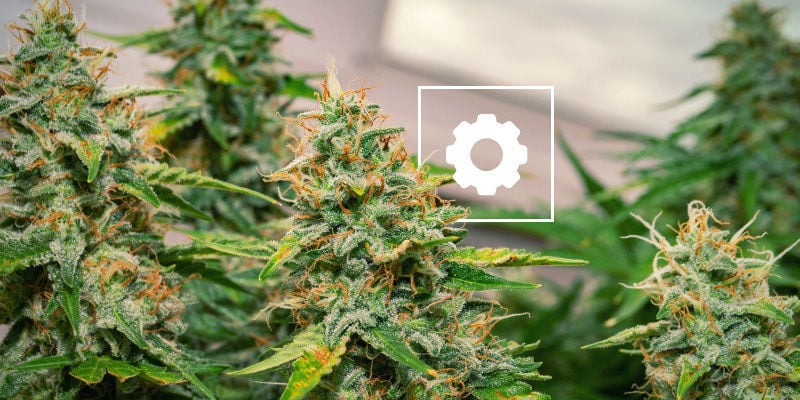
There you have our breakdown of everything you need to know about lighting for your autoflowering cannabis plants. It may seem a little confusing at first, but a little preparation and fine-tuning will go a long way to achieving a light schedule that works for you and delivers rewarding yields indoors or out.













 United States
United States

